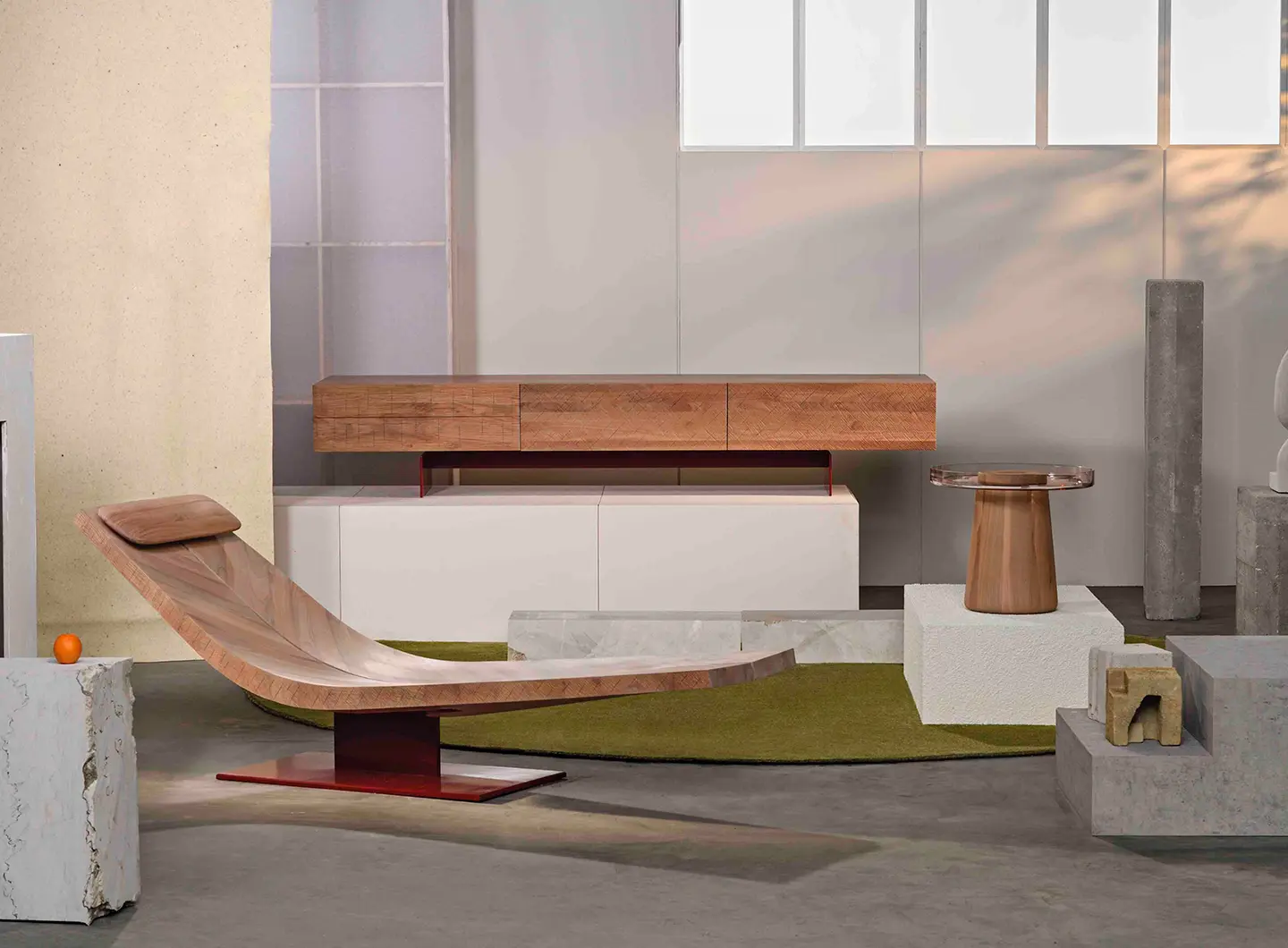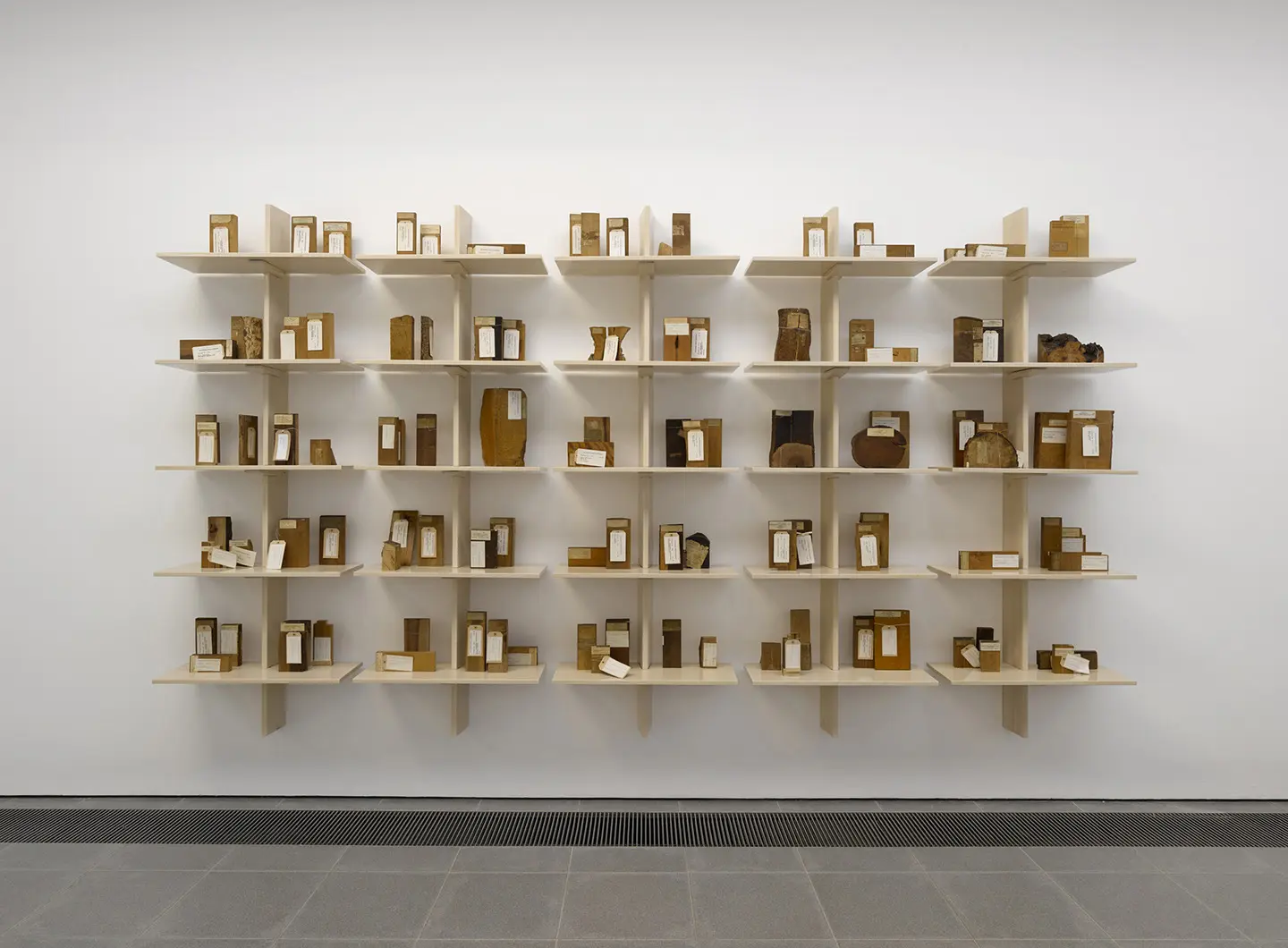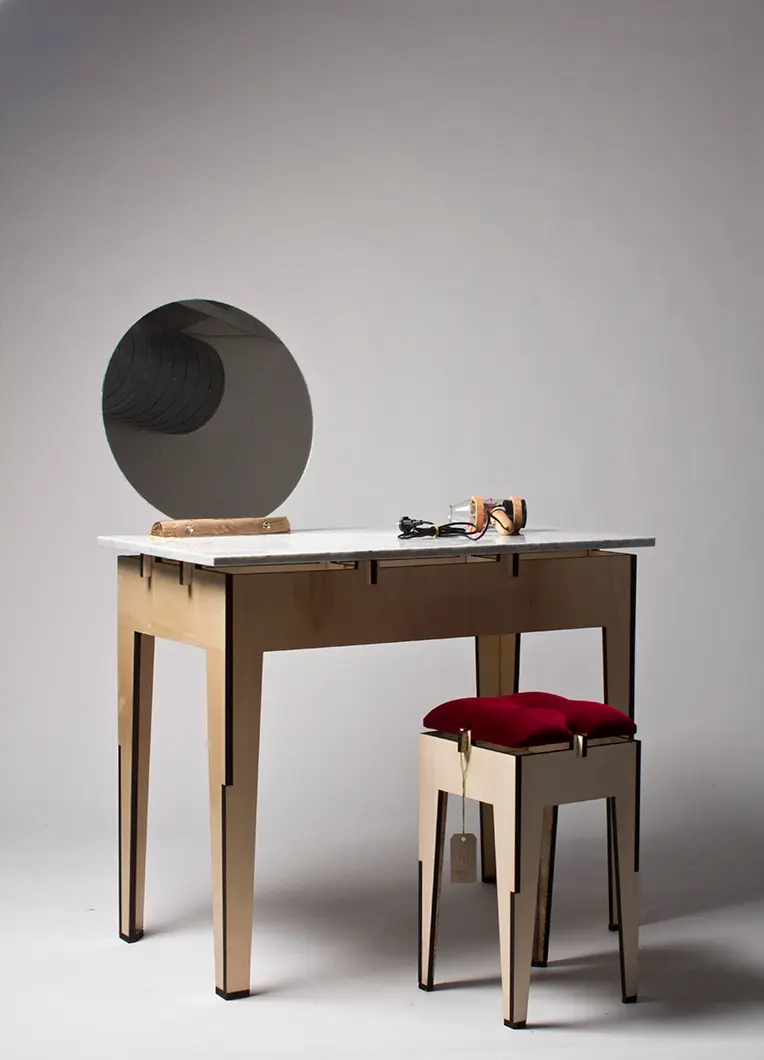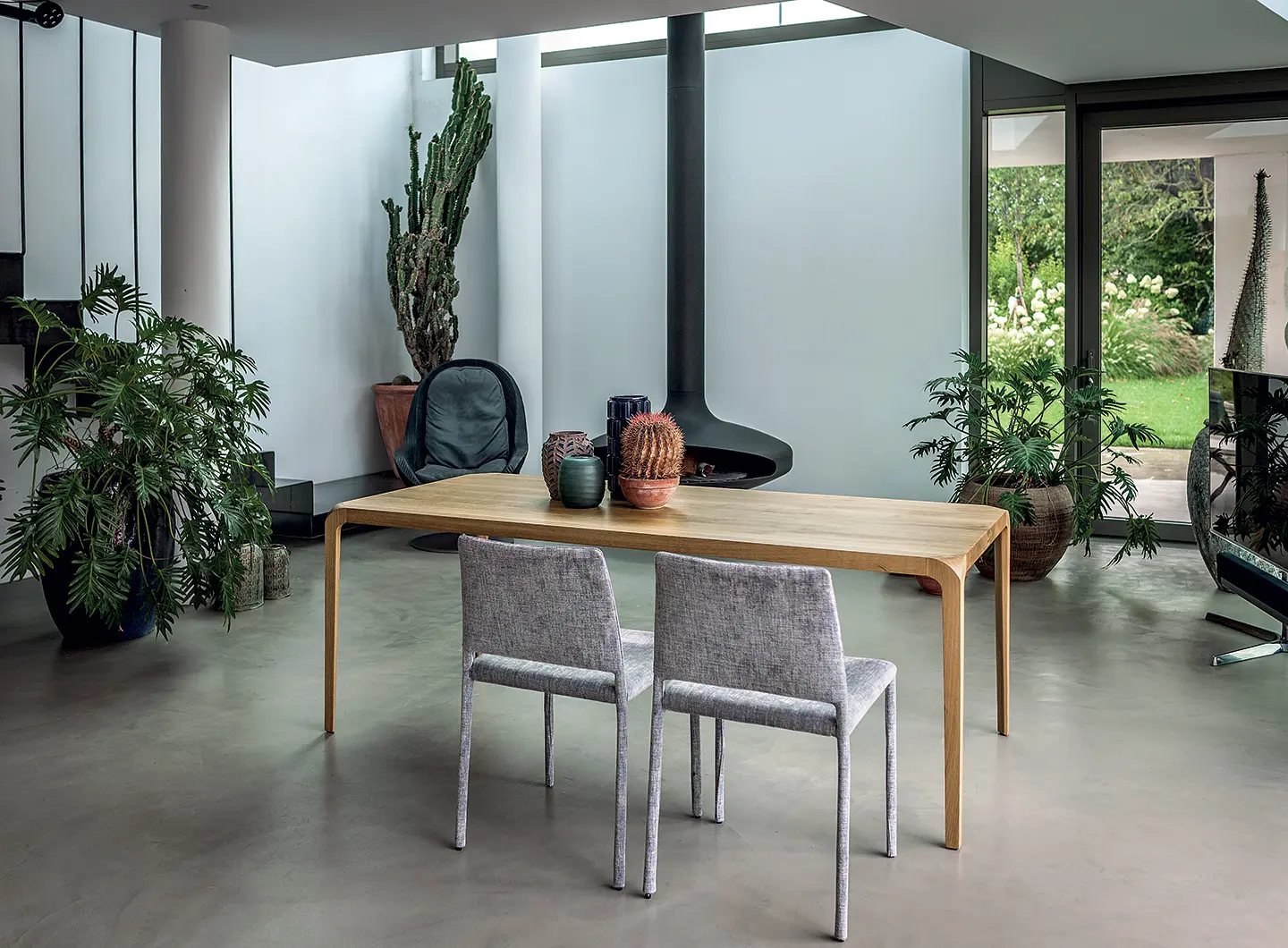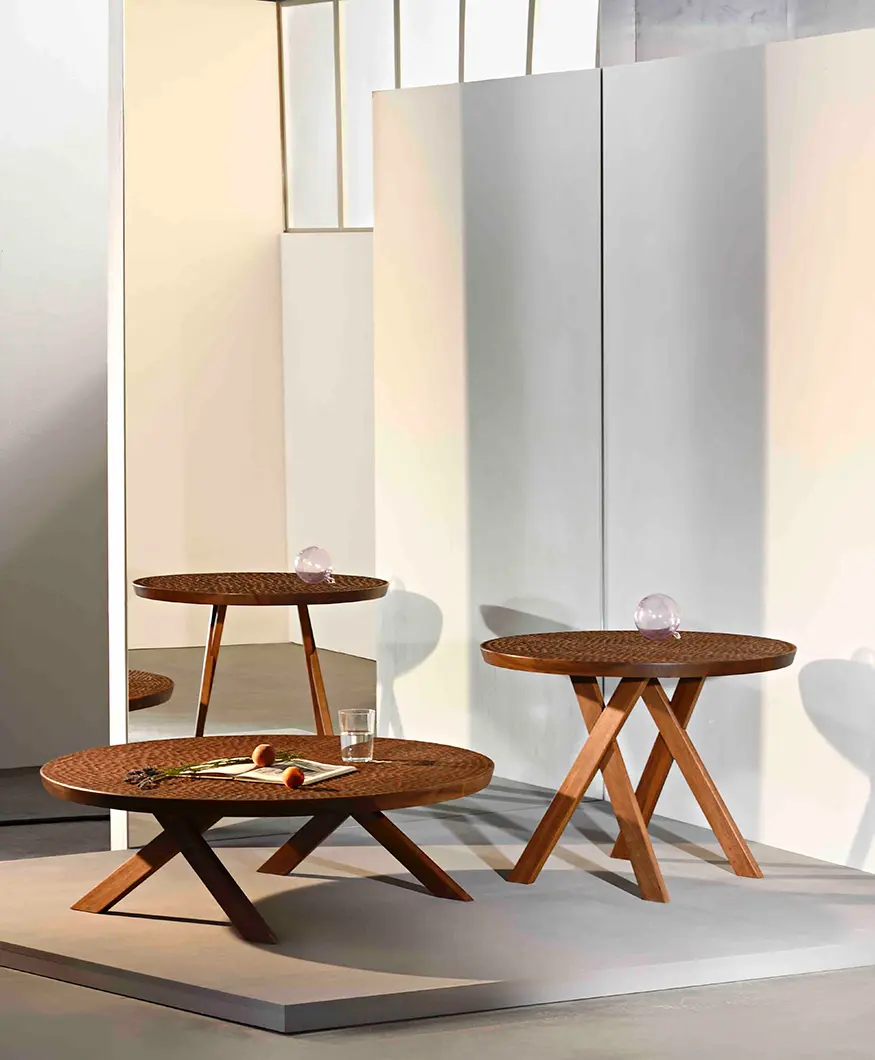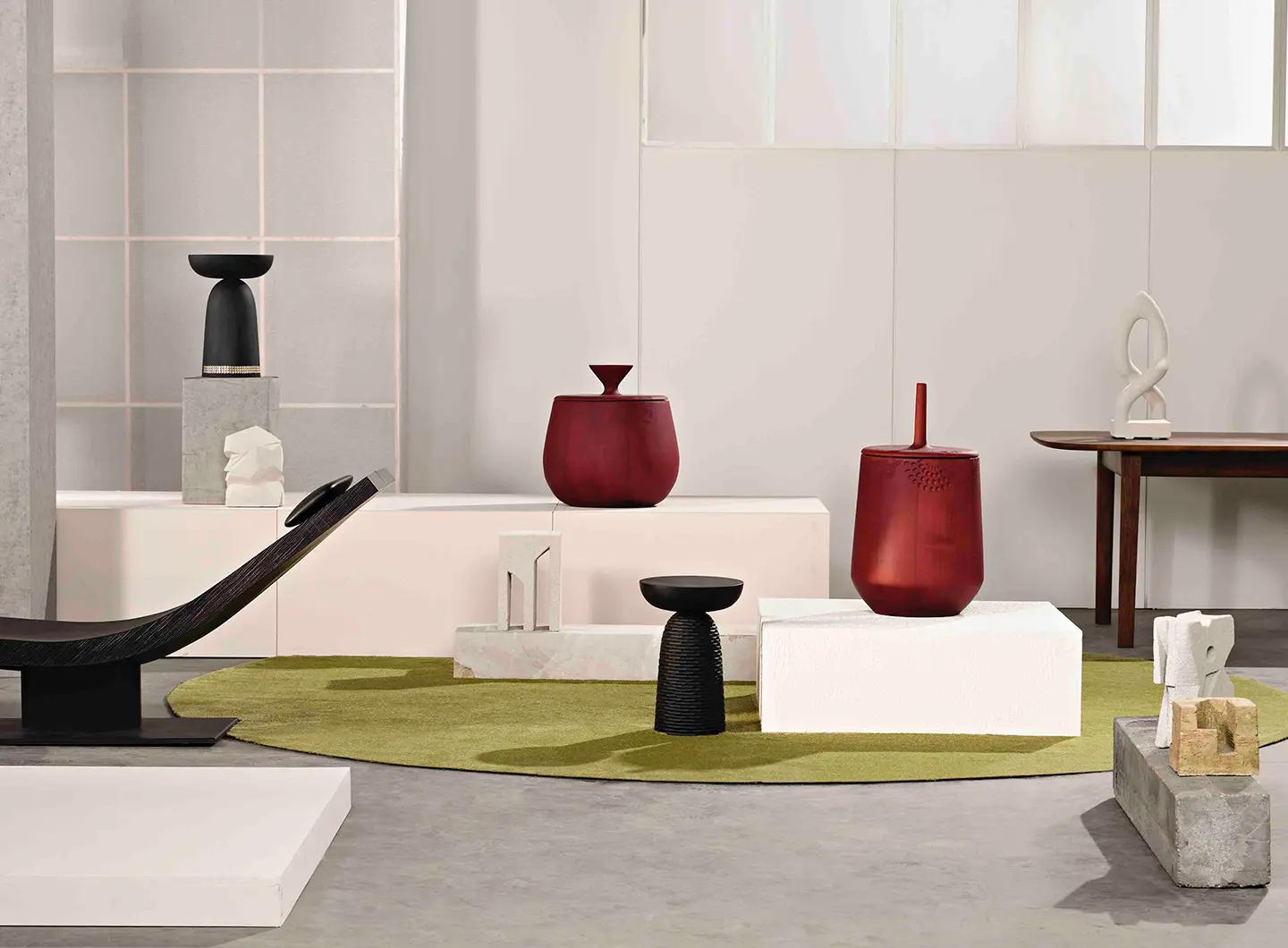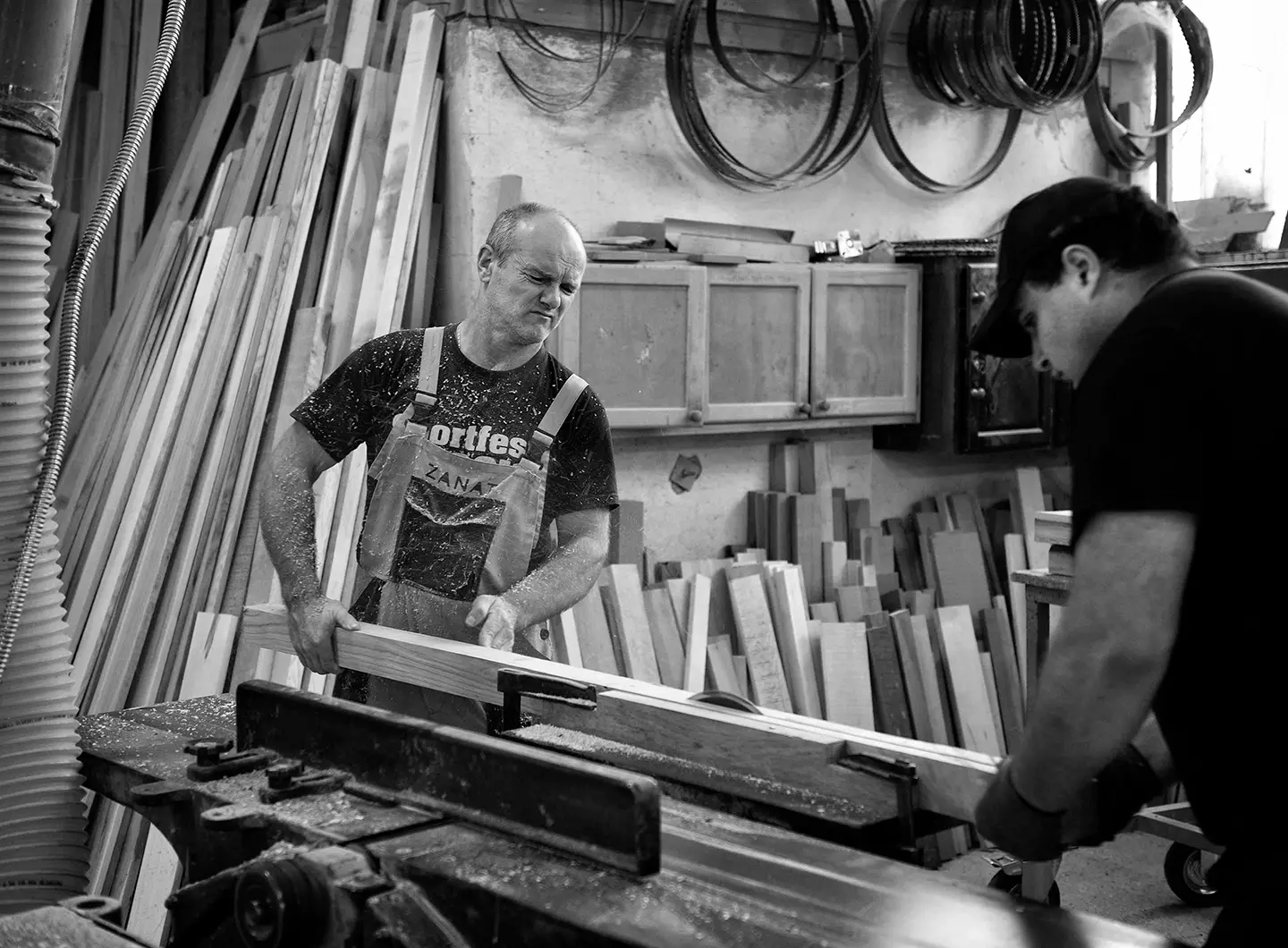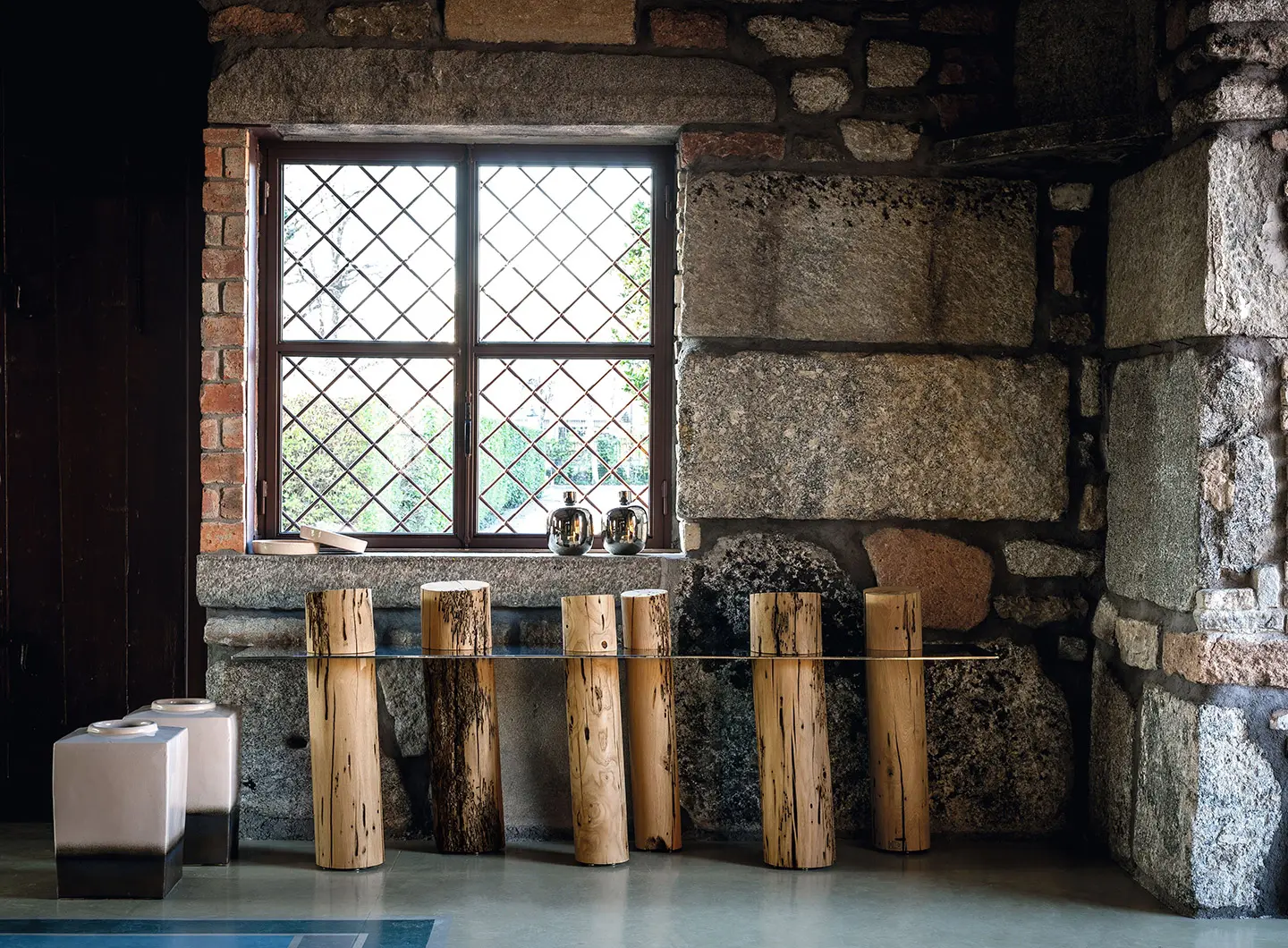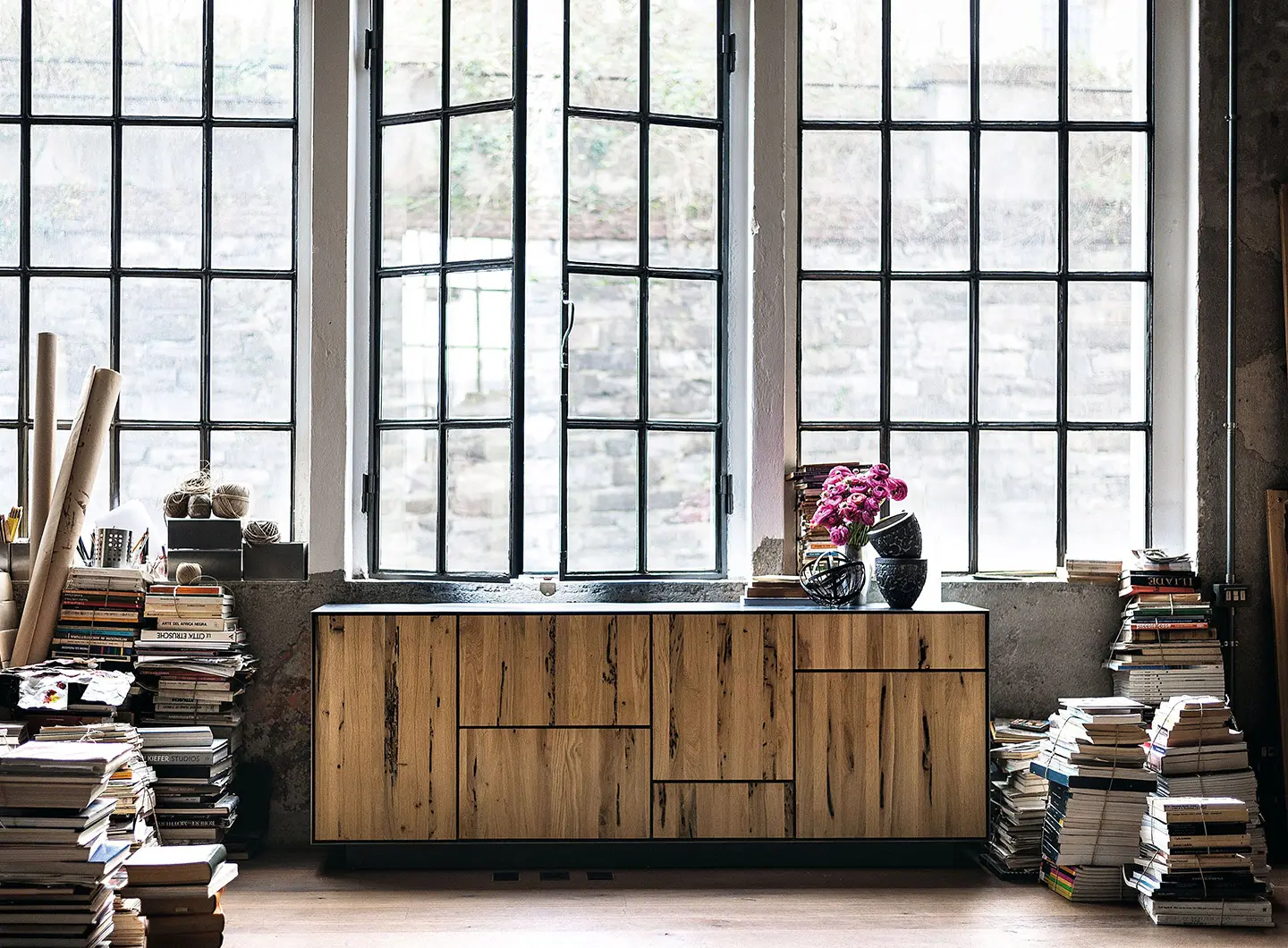From BIG to David Chipperfield, Frank Gehry to Snøhetta: a world tour of the best buildings set to open in 2026
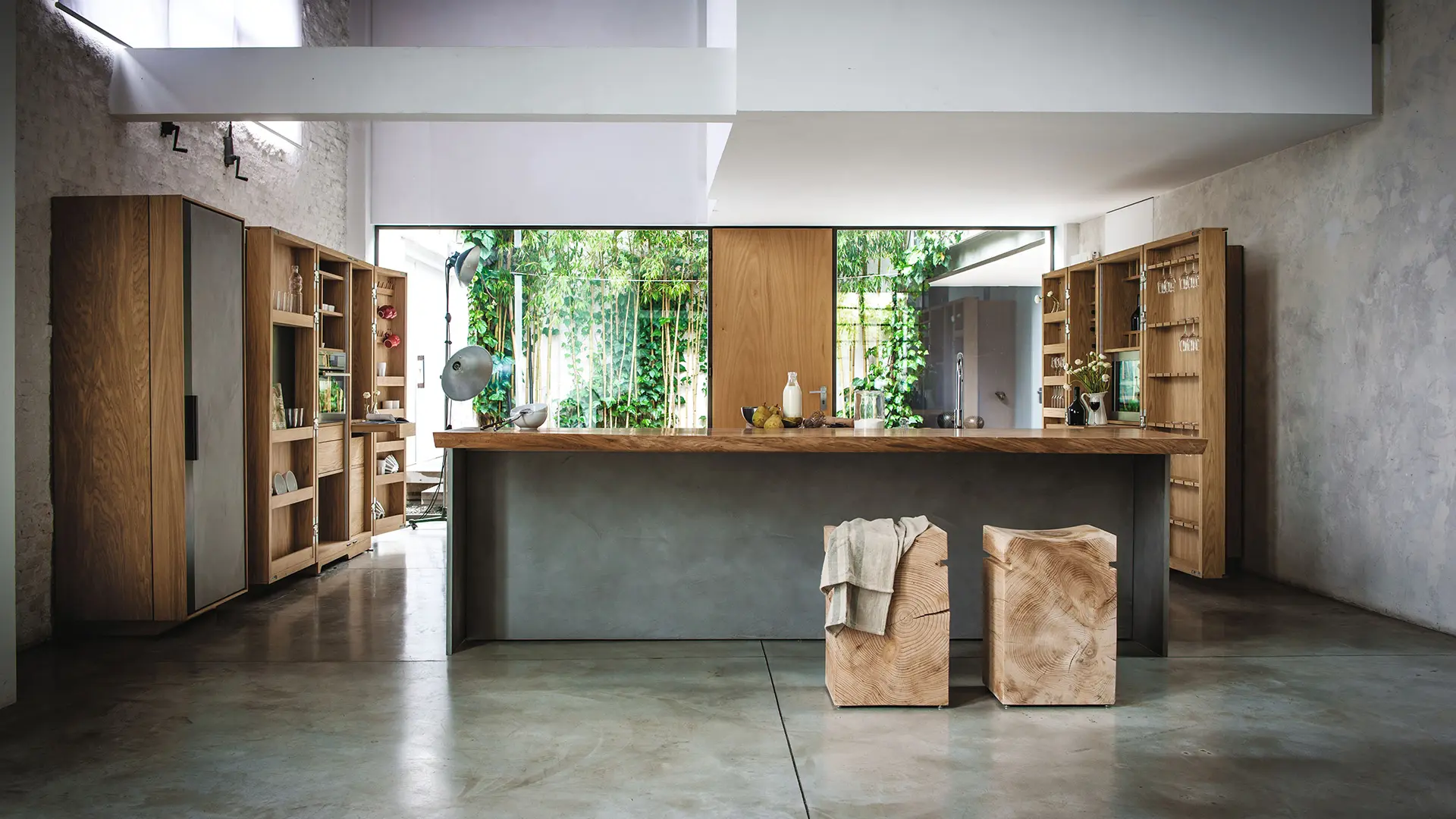
Photo courtesy Riva 1920
The uncertainties wrought by the pandemic have not brought the ecological transition already set into motion within the furniture sector to a halt. From recycling to designers taking on a new role, here are some of the solutions that are paving the way for the industry’s new path forwards.
Professors Mauro Ceconello and Carlo Proserpio from the Design Department at the university Politecnico di Milano commented that "As the data provided by a company that deals primarily with construction timber show, compared to the beginning of 2020, the number of boards used has increased by 50%, and there have been increases in oak ranging from 40 to 70%." An increase in energy and transport costs was then thrown into the mix. "But for the furniture industries, the repercussions are nevertheless less marked, as other aspects also affect the finished product, such as labour costs". As they explain, the uncertainty lies more in the sudden changes in the costs and shortages of raw materials, as well as the increase in freight costs. However, as already touched on earlier, it is precisely these factors that are accelerating a change in tack in the direction of sustainability: "We have noted that greater attention is being paid to production on two fronts with regards to resource management: the optimisation of the use of raw materials, and energy efficiency". In fact, despite the uncertainty, virtuous practices have increased: "Recent surveys tell us that almost 1 in 2 Italians are willing to pay more for products that have a lower environmental impact". In particular, the experts explain, companies today are focusing on the use of certified wood, recycled materials, low-impact treatments and finishes, repairability, and disassembly that also help to extend products’ life cycle. These objectives are also contained in the Sustainability Code of Conduct drawn up by FederlegnoArredo in a bid to create a system for the many virtuous practices already adopted by the wood-furnishing production chain.
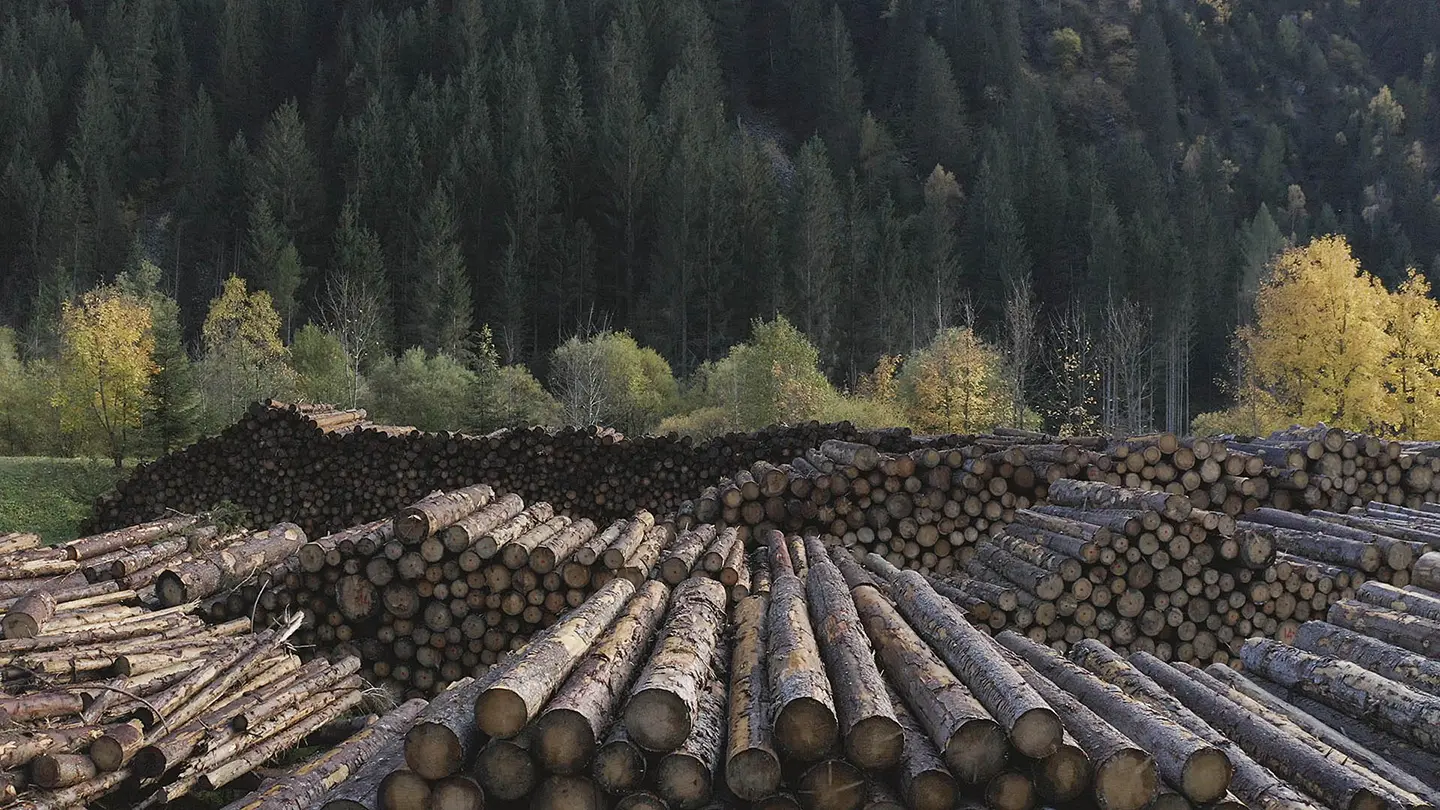
CAMBIO, lavorazione del legno in Val di Fiemme, photo courtesy Studio Formafantasma
This is precisely the direction in which Riva 1920 is moving: building solid wood furniture that defies time and respects nature. The company's CEO, Maurizio Riva, says: "Our production processes have a low environmental impact, only using recovered or reforested American wood, vinyl adhesives, and oil and vegetable wax finishes, guaranteeing a completely natural product. We still produce the furniture in a traditional way, without the use of formaldehyde ". As far as the supply chain is concerned, he adds “in addition to the use of reforestation woods, we also deal with reclaimed woods, giving them a new, third life, such as the Briccole from Venice – the oak posts that mark the lagoon. Other examples include the Kauri, a millenary wood from New Zealand, and the fragrant cedar of Lebanon, which is sourced from fallen or recovered trees: we transform it into solid wood stools and benches". For Riva, looking to the future also means thinking about the life of the product: “We produce pieces to be handed down. The longer the life of a product, the lower its environmental impact ".
CEO and co-founder of Zanat, Orhan Niksic, agrees with this sentiment, stating that a fundamental aspect of his company's commitment to sustainability “is the longevity of the product. The commitment to make products that last a lifetime". The Bosnian company has 103 years of history behind it: "We have always used orchard trees that have reached the end of their life cycle, and if the wood came from forests, it has always been sourced legally, and in small quantities." Since last year, Zanat has also committed to planting three new trees for each tree used to make a piece of Zanat furniture, as well as having completed the Forest Stewardship Council certification process. The company’s plans for 2022 are to work to ensure that the energy they use comes from renewable sources: "We have no choice but to adopt sustainable practices in various sectors, if we want to avoid a catastrophe."
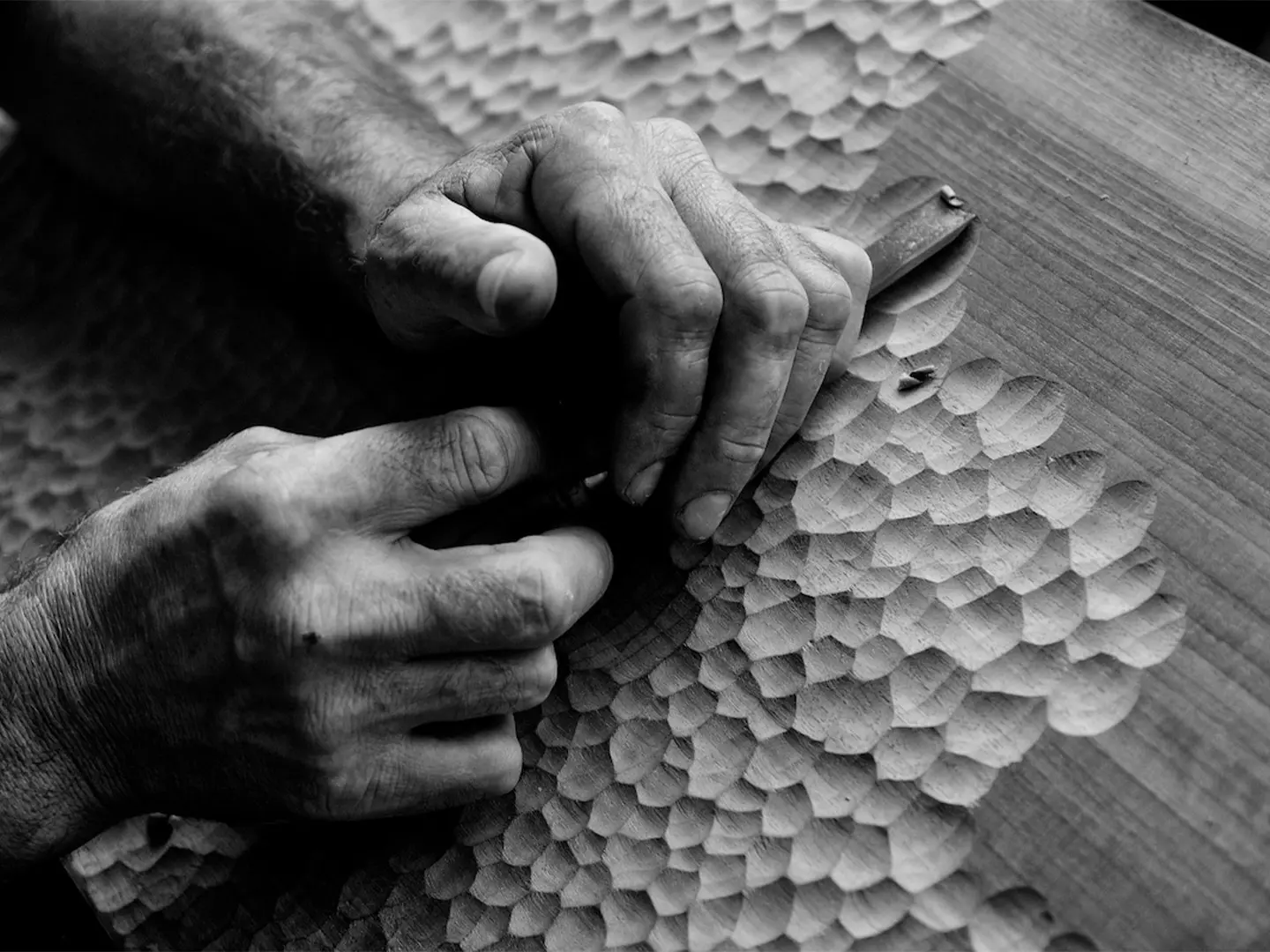
photo courtesy Zanat
Alongside the role of companies, the contribution of designers is imperative, explain Ceconello and Proserpio from the Politecnico di Milano, underlining the importance of product design: "It is, in fact, during this phase that up to 80% of the environmental impact that a product will have during its life cycle is determined". The traveling exhibition, CAMBIO, headed by the duo of Italian designers Formafantasma (Andrea Trimarchi and Simone Farresin), which held its first edition at the Serpentine Gallery in London, frames the question: “As regards the furniture industry, complex challenges loom ahead of us. We should remember that for ecological development, each company should develop its own ecological strategies, depending on where it produces, what kind of products it makes, where it distributes them, and so on”. Farresin highlights the fact that there is no lack of critical issues, starting from the chain of custody, a mechanism that provides for the traceability of materials from FSC certified forests: "Of course, wood is considered a sustainable material, however I think there must be greater awareness of where the material is coming from, and how the choice of one material over another can have an impact on the ecosystem,” he explains. In April, the Formafantasma will be at the Venice Biennale, involved in the preparation of the exhibition, Il latte dei sogni, curated by Cecilia Alemani, while in June, Cambio will arrive in Helsinki with a new edition, in collaboration with Artek: "For us, this exhibition represents a way to highlight how we could operate more at the research developer level for ecological development, rather than just at the level of product development or product design. It’s an attempt to be more holistic in our approach".
Superlocal 0 miles production, a project launched by Andrea de Chirico, also looks at the role of designer as part of the extensive discussion surrounding sustainability and wood: “It is a global system that calls the opportunity of producing everyday objects on a local scale into question”, he says. To date, the project offers 17 different “objects”, produced in 7 cities in Europe, as well as running several parallel activities. Whether it be to create a table or a fan, the people and materials involved are all sourced from a local neighbourhood: "Each object that we produce is meant to showcase a whole range of knowledge linked to certain places, materials, people, and production techniques, which are then brought to the public through a series of educational activities that we organise to run parallel with the productions, for example production tours, workshops, and conferences. In fact, we believe that knowing the history, even production, of the objects we use every day, leads to people consuming in a more mindful way".


 Markets
Markets

